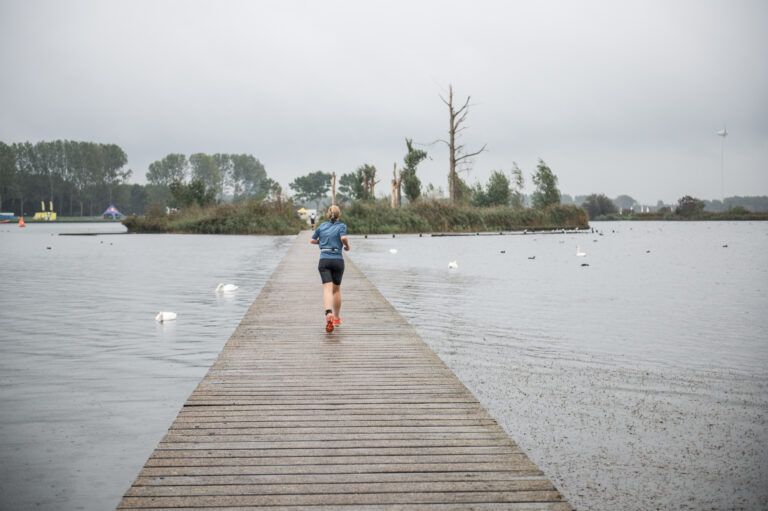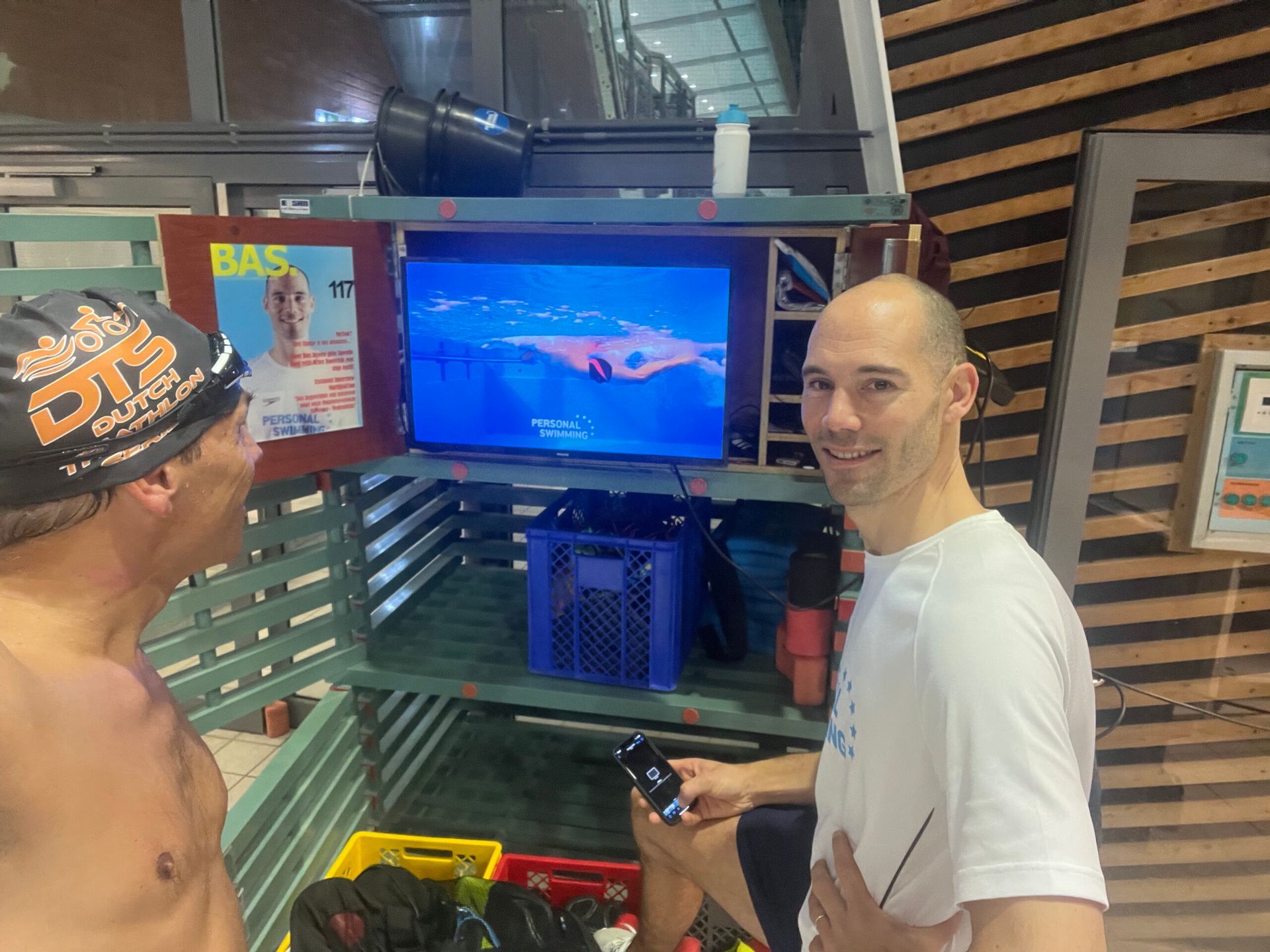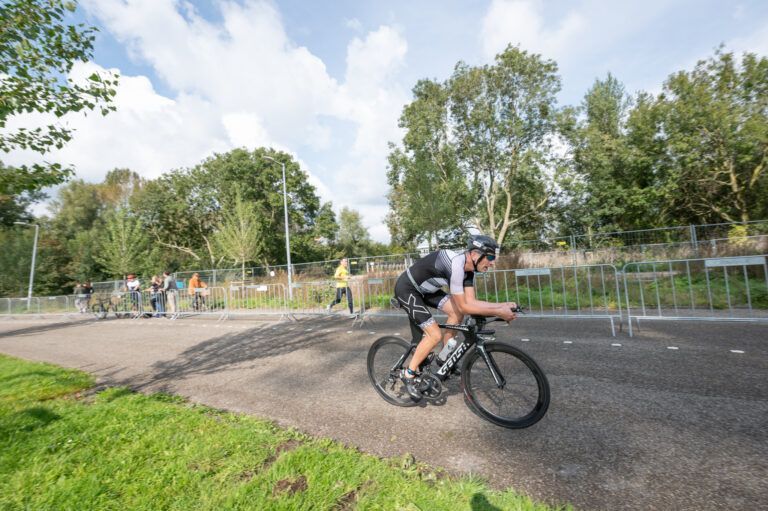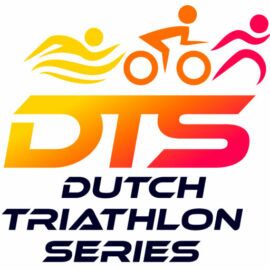Aftermovies DTS
Geniet nog een keer van alle DTS aftermovies

Swimming, cycling and running: it doesn’t sound that complicated and of course it isn’t. But if you combine these sports – as is customary in a triathlon – it becomes a bit more complicated, especially if you also take into account that you have to switch to and from the different components. Reason enough for DTS to offer a number of transition clinics again this year, so that you – beginners as well as more experienced athletes – can optimally prepare yourself for the upcoming competitions. These training sessions will be given in collaboration with the trainers of Training Tweaks, Wouter Dijkshoorn and Young Fokker, and are specifically intended for athletes of all levels. Wouter and Young are both Level 3 running and triathlon coaches and, through Training Tweaks, have been partners of TRI HARD, Amsterdamse Triathlons and now also with DTS for years. Participants naturally choose for themselves whether they want to participate in the transition clinic, triathlon training or perhaps both, but in any case they are guaranteed the expert knowledge of these trainers. Transition clinic: A triathlon involves much more than ‘just’ swimming, cycling and running. Because how do you actually do that with your wetsuit when you get out of the water and how do you make the transition to your bike as smoothly as possible? Where do you put your helmet and where do you put your cycling shoes? What do you have to pay attention to? And after cycling, do you put on your running shoes straight away, or is it wise to put on different socks first or eat a gel? During the transition clinic – of which we are providing four this year – all these kinds of questions are discussed and we will guide you through this sometimes quite difficult subject. More information – such as dates and prices, but also about our trainers – can be found on our special clinics and training page!

Many triathletes use the winter, or ‘off season’ months, to lay the foundation for a new racing season. This period is also perfect to work on swimming technique. We asked the coaches of Personal Swimming what the importance of good swimming technique is and what could be improved in general. Personal Swimming has been training and coaching all kinds of swimmers for over 10 years; from novice triathletes to Kona participants and lane swimmers to young swimming talents. All from their passion and background as Olympic professional swimmers. Coach Bas is one of the founders of Personal Swimming and explains it to us. “In recent years we have seen more and more triathletes working on improving their swimming technique. “Finally!” we would sometimes like to say, because for a long time swimming was a bit of a side issue. While there is so much to gain with a good and efficient front crawl stroke. Not only in terms of saving time in the water, but especially in terms of energy conservation for the rest of the triathlon. We help the athletes who come to us mainly by gaining insight into their areas for improvement. By making a good video analysis of the swimming stroke, both above and below water, we clearly show where there is room for improvement in the technique. Since this summer, we also do a lot of 'Stroke efficiency measurements'. The measurement shows in clear graphs how efficiently you are swimming. With which stroke length and frequency are you swimming at different speeds. This provides even more insight into what you need to do during your swimming training. The main goal is to train smart, in order to actually become faster. These months are extremely suitable to work on this, precisely because you can make great progress in this now. During the racing season, or during the months when it is warmer or stays light longer, we see that fatigue or the training plan does not always allow for this. Although Bas counters: "There is always room for improvement. In the time that we made weeks of 35 hours of training, of which 20 hours were swimming. Technique training was always done at the end of the week or a heavy conditional set. Swimming qualitatively well under extreme fatigue is then the challenge. Actually no different from a triathlon, starting your race as well as possible from relaxation and efficiency brings the best end result. Want to get started with a private lesson yourself? With the following code PS10ACTIE you will receive €10 discount on a PT session with one of the coaches of Personal Swimming.

Verbeter je triatlonprestaties met de DTS Wisselclinics: een interview met trainer Wouter Dijkshoorn
Het is belangrijk om je goed voor te bereiden op alle aspecten van een triatlon – inclusief de wisselmomenten. In samenwerking met Training Tweaks organiseren we wisselclinics om deelnemers te helpen hun wisseltechniek te verbeteren. We spraken met Wouter Dijkshoorn, een van de trainers van Training Tweaks, over de focus en aandachtspunten van de DTS Wisselclinics. Kun je vertellen waar de focus ligt tijdens de wisselclinic? Onze focus ligt vooral op individuele aandacht, omdat we merken dat mensen veel spanning ervaren en weinig structuur hebben tijdens de wisselmomenten. We proberen deelnemers daarom te helpen hun vaardigheden te verbeteren met zoveel mogelijk oefentijd en herhaling. Daarnaast geven we praktische tips tijdens de onderdelen. Zo geven we tijdens het zwemonderdeel bijvoorbeeld handvatten voor het zwemmen in zee bij de clinic in Zandvoort. We willen de individuele atleten veel aandacht geven en vooral veel laten oefenen. Zijn er specifieke aandachtspunten die jullie willen verbeteren tijdens de wisselclinic? Ja, we richten ons vooral op het verbeteren van de wissels. De wissels die we behandelen zijn: van zwemmen naar fietsen, inclusief de eerste kilometer op de fiets, en van het einde van het fietsonderdeel naar het begin van het lopen. We merken dat dit veel spanning oplevert en dat het vaak ontbreekt aan structuur. We willen de deelnemers helpen om hierin meer controle te krijgen. Afhankelijk van de locatie nemen we, waar mogelijk, delen van het parcours op in de clinic. Zo kunnen deelnemers het wisselmoment van de triatlon beter visualiseren en ervaren ze minder stress tijdens de wedstrijd. Een groot voordeel is dat we de clinics geven op de locatie van de wedstrijd, twee dagen van tevoren, op het moment dat de wisselzone al is opgebouwd. Daardoor kunnen we precies aangeven wat de beste plekken zijn om te wisselen. Hoeveel instructeurs zijn er per deelnemer? We streven naar een maximale verhouding van 15 deelnemers per trainer, maar vaak zijn er dan al twee trainers aanwezig, vanwege de vele individuele vragen die we krijgen. Het is ook altijd mooi om te zien dat triatleten elkaar helpen tijdens de clinic door tips te geven en van elkaar te leren. Wat is de verhouding tussen beginners en ervaren deelnemers? Onze clinics bestaan vaak uit twee derde beginners en een derde ervaren atleten. Dat zorgt voor een interessante mix en stelt ons in staat om iedereen op zijn of haar eigen niveau te begeleiden. Waarom is de wisselclinic ook aan te raden voor de ervaren triatleet? De wisselclinic is niet alleen aan te raden voor beginners, maar zeker ook voor ervaren triatleten. We zien vaak dat ervaren atleten nog makkelijk een minuut van hun wisseltijd kunnen afhalen, terwijl beginners soms wel twee tot drie minuten winnen. Bovendien maakt de clinic de triatlon vaak een stuk leuker, zeker als je twintig mensen inhaalt tijdens een wissel – dat geeft echt een kick!



